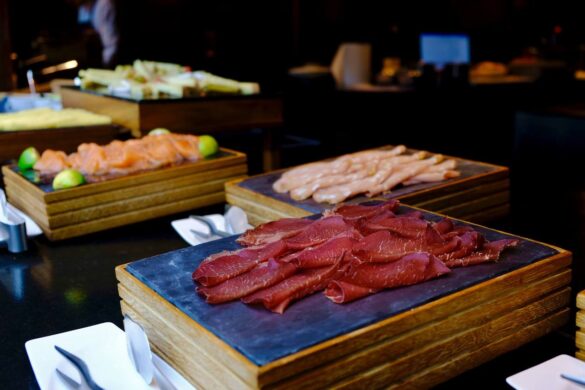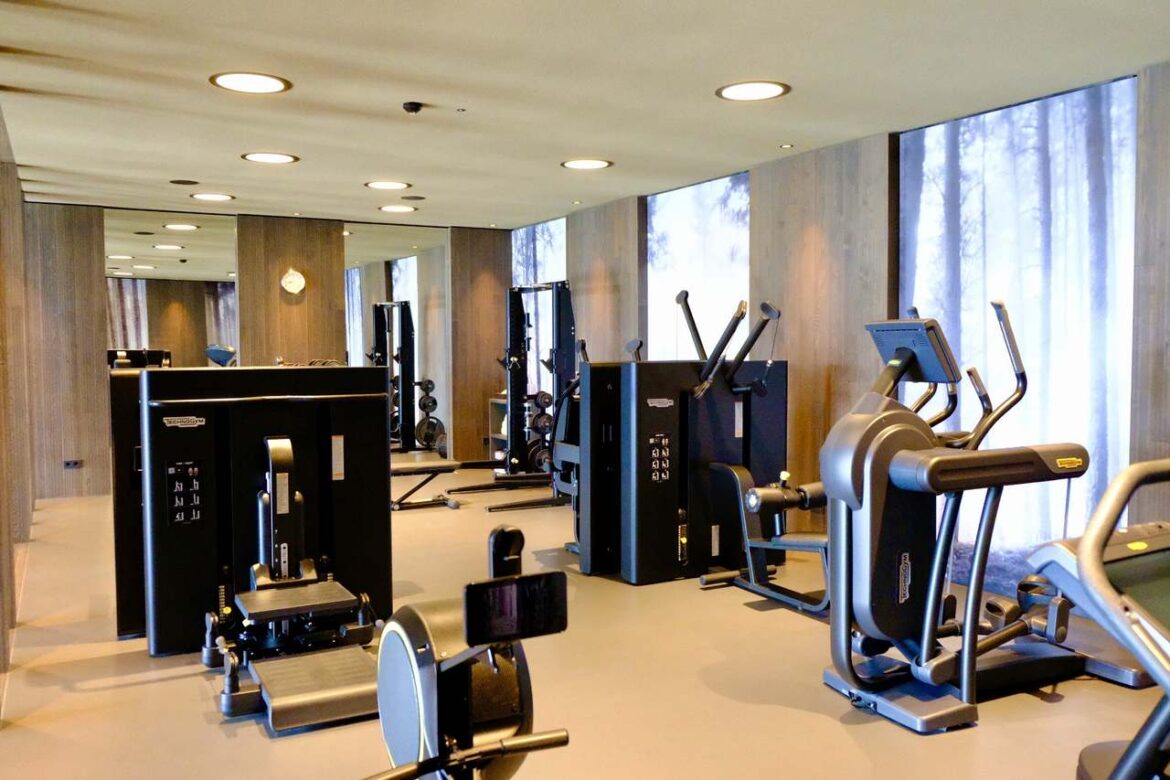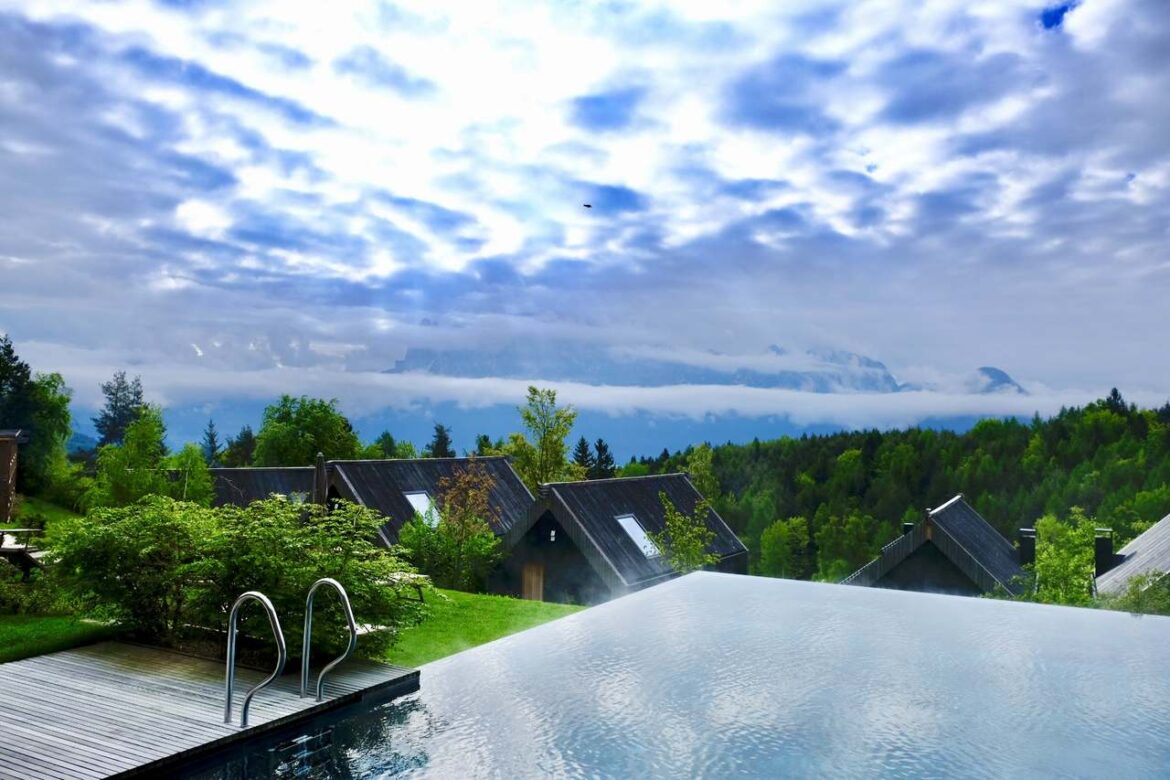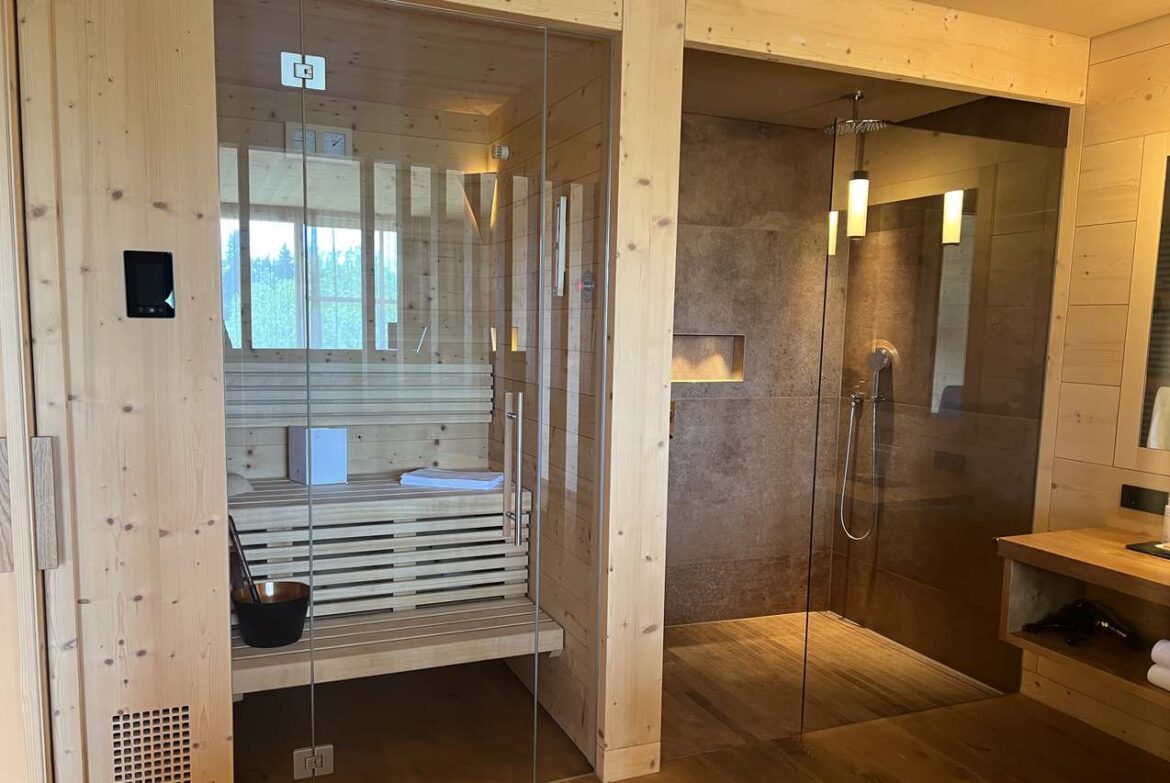Is it the flawless service or the luxurious amenities that make a 5-star lodge truly special? Why not imagine yourself entering a private haven with an unbelievably stunning in-room sauna surrounding you with the glorious alpine landscape?
This level of luxury may be a once-in-a-lifetime experience, and at Adler Lodge Ritten, Italy, it sure was for me with a mix of relaxation and nature’s incredible beauty. Here’s why you can have the extraordinary experience that awaits you.
Who for?
It was clear to me that it primarily caters to couples. It will appeal to those who want to prioritise wellness experiences, especially as so many activities are offered. When I spoke to Robert and Matthias Truber, a couple from Germany who have visited the lodge a few times, they both told me, “It’s the ambience and the nature that makes it perfect. We always get a homely feel, and there are not too many people, which is ideal for couples like us.” I couldn’t agree more – the lodge did have a superb homely feel, and it was limited in terms of guests.
That being said, the rooms are designed for individuals looking for a break away from their exhausting jobs at home, plus a small group of friends, as you can book one of the exceptional chalets. However, it’s not designed for families with children, but Adler offers other properties under their branding that offer this.
Accommodation
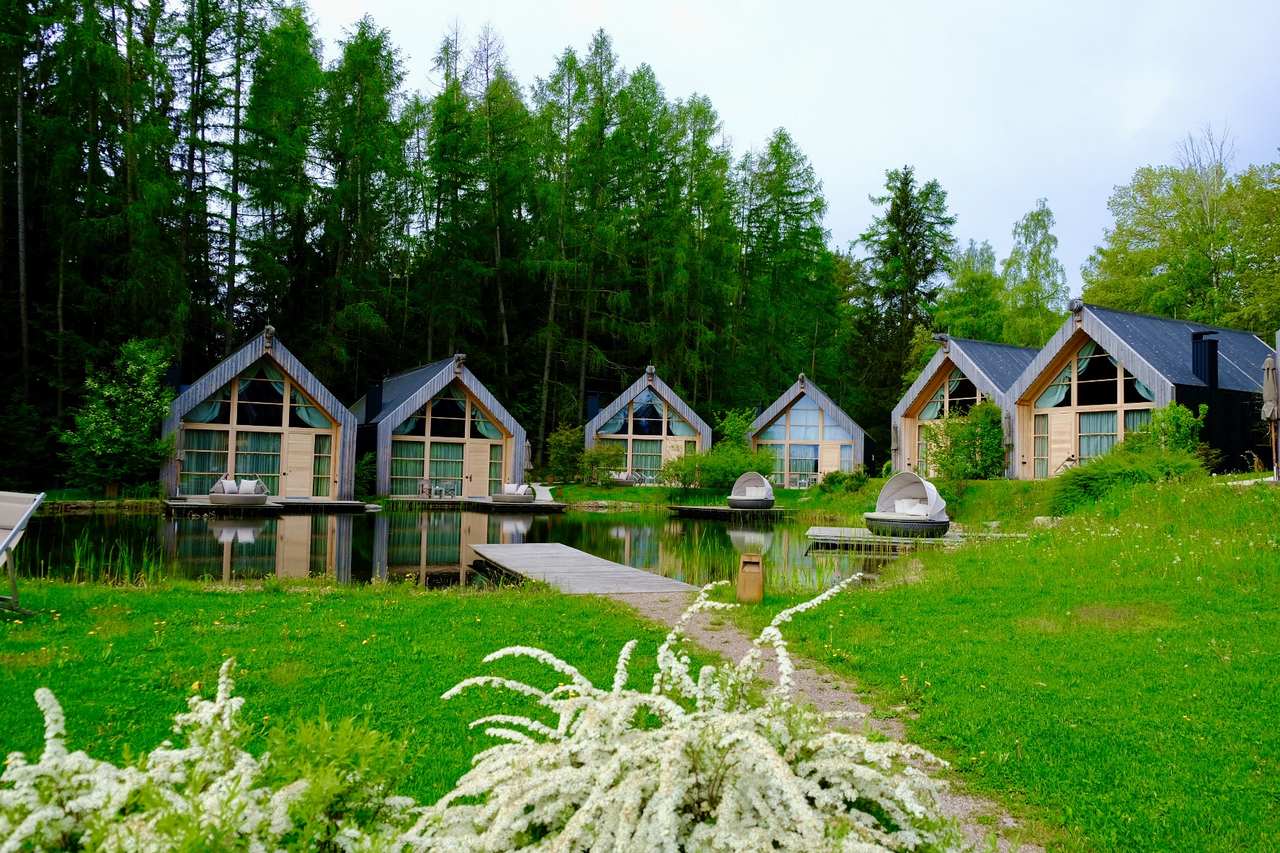 Adler Lodge Ritten offers a range of 30 rooms, which include the suites and chalets. This is what the German couple meant, with few around, as this intimate number allows for a personalised and peaceful atmosphere.
Adler Lodge Ritten offers a range of 30 rooms, which include the suites and chalets. This is what the German couple meant, with few around, as this intimate number allows for a personalised and peaceful atmosphere.
All the stunning suites are within the main lodge, known as the Junior Suite, where I stayed. My elegant suite provided me with that homely, spacious interior with cosy alpine decor, a superb balcony, and a gorgeous forest view. Plus, the unimaginable private in-room sauna, which really is a game changer, and the mini-bar included in the price.
The chalet’s design felt like a private cabin in the woods, secluded from the main lodge. You, of course, have exceptional fireplaces, saunas, and large terraces like the suites but with more space to enjoy the breathtaking scenery.
The focus on wellness is the key to this fantastic lodge.
Food and Drink
This is where you can really enjoy the fine dining experience that the Adler Lodge Ritten offers. It has a sense of Mediterranean blend with Alpine intensity, which is gourmet but has a health kick and is rich in flavours.
The buffet breakfast is hearty. You get your typical eggs, pancakes, and coffee to go along with the fresh pastries, delicious local cheese, delicate fruits, healthy smoothies, and granola.
Lunch will vary each day, with different plates on offer—usually a buffet. If there’s nothing you like, they can cook you something from the kitchen, making sure you don’t go hungry.
Every night for dinner at the lodge’s glorious restaurant, the menu changes, and it is tailored to you—like it was for me, as I have a dairy intolerance – they showed genuine care. The servers explain that all the produce is fresh and locally sourced and give you a story behind the cooking.
The lodge showcases an extensive wine list and local distilleries, with selections from renowned vineyards. If you are more of an exotic cocktails and mocktails kind of person, they are also available to choose from – not to mention an abundance of homegrown tropical soft drinks. A selection of alcohol and soft drinks were available all day and night, which is included in the price.
The lodge’s overall dining atmosphere is prepared to be both indulgent and nourishing, complementing once again its focus on respite and wellness.
Facilities
As I have already mentioned, you have your stunning in-room sauna, which you can enjoy all day and all night long, but you also have the standard shared sauna room for all guests, where you can enjoy the mesmerising and stimulating aufguss. They have aufguss sessions throughout the week, a traditional practice that uses essential oil-enriched snowballs to boost health benefits, resulting in a pleasurable experience. This was my absolute favourite thing to do throughout my visit.
If you feel you’ve overeaten throughout the day, don’t worry—you have your state-of-the-art gymnasium to burn off those calories. If you prefer to stretch out your body, then you have yoga classes that take place on a sun-drenched balcony. Then, to top it off, picture yourself in the serene indoor and outdoor pool overlooking the majestic Dolomites.
The icing on the cake will be to unwind in the expansive spa, with a variety of healing and soothing treatments and therapies, to stimulate and rejuvenate your mind and body.
How much
Stays are a minimum of three nights at € 581.33 per night including breakfast, lunch and dinner and guided walks.
What’s Nearby
If you want to explore the surroundings, plenty of other options exist. A short stroll will take you to farms, charming local shops, and cafes, where you can savour authentic Italian treats. I saw plenty of guests take on the breathtaking hike to get a picturesque view of the mountains. The lodge offers a walking tour, which you can check out at the activity board to see what day it falls under.
If you need more than that and want to get a taste of what’s nearby, hop on a train to visit the quaint town of Bolzano, where you can gaze at the historic architecture. You can also take a cable car from Ritten. The Rittner Bahn cable car provides breathtaking views as it ascends to the surrounding Renon plateau, with more hiking routes and lovely scenery.
VERDICT:
This unnoticed treasure, Adler Lodge Ritten, which combines luxury and nature, from the soothing spa to the superb cuisine, welcomes you to relax and unwind all your troubles. The breathtaking mountain views and peaceful surroundings provide an ideal setting for leisure and adventure.
All images by Shebs Alom
The post Adler Lodge Ritten review, Oberboze, Italy appeared first on The Travel Magazine.

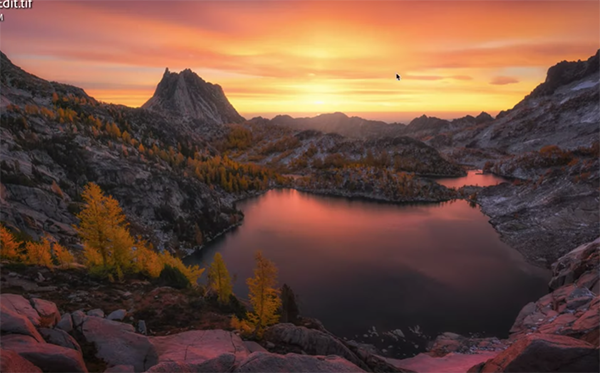















 Adler Lodge Ritten offers a range of 30 rooms, which include the suites and chalets. This is what the German couple meant, with few around, as this intimate number allows for a personalised and peaceful atmosphere.
Adler Lodge Ritten offers a range of 30 rooms, which include the suites and chalets. This is what the German couple meant, with few around, as this intimate number allows for a personalised and peaceful atmosphere. 
